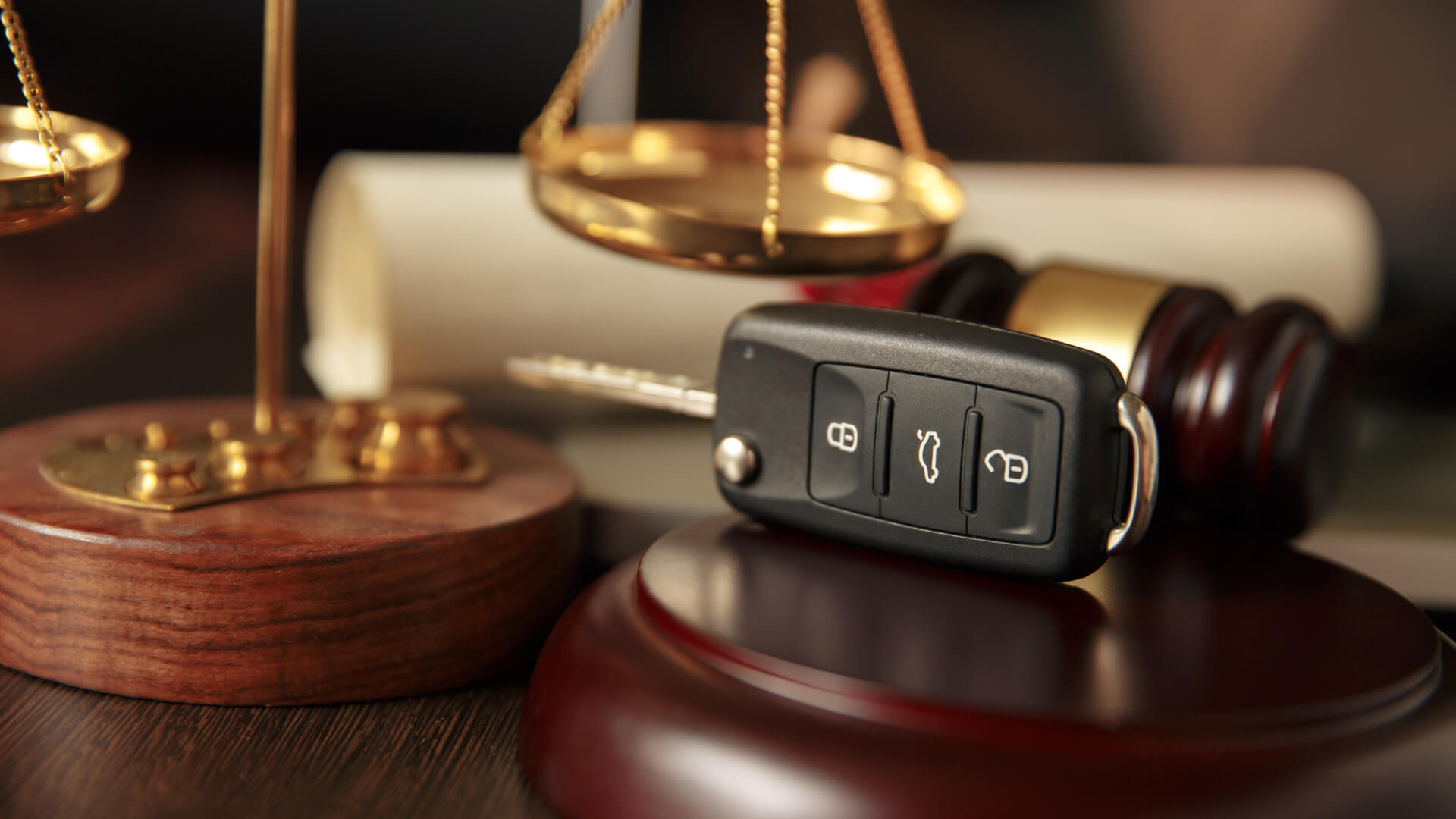Frequently Asked Questions
Driving bans can completely change your way of life and leave you with many unanswered questions about what to do next. Though guilty verdicts for various types of dangerous driving were on the decline between 2017 and 2019, many people are still facing the consequences of a driving ban today.
If you have been banned from driving, or are concerned you may receive a ban following a recent driving conviction, we recommend reading our list of frequently asked questions and answers below.
Insurance After a Driving Ban
At Keith Michaels we specialise in providing car insurance to convicted drivers and have various schemes in place to get you back on the road once your ban is up
If you’re looking to get insured following a driving ban, find out more about our banned driver car insurance today.
Speeding Offences and Instant Driving Ban
Speed limit (Speed Alleged)
30 mph (In excess of 50 mph)
40 mph (In excess of 66 mph)
50 mph (In excess of 76 mph)
60 mph (In excess of 86 mph)
70 mph (In excess of 96 mph)
The information provided in this table is not 100% accurate as it is also possible to be banned for speeding at lower speeds. This is usually the result of totting up several penalty points over a specific period. Read more on the Totting Up Ban FAQ page.
If you’ve been caught speeding at an allegedly high speed, and already have 6 or more points on your licence, it is very likely the court will impose 6 more points, which would take your total to 12 or more. This will result in a totting up ban of 6 months.
Avoiding a Driving Ban
Plea of Mitigation – If you have been found guilty, or pleaded guilty, you will have the opportunity to put forward a plea of mitigation before the court imposes any punishment. The aim of a plea of mitigation is to persuade the court to impose a more lenient punishment.
Special Reasons – These occur when a court decides there are certain circumstances that relate to the offence (not those involved in exceptional hardship) that justify a more lenient punishment – i.e. no disqualification. The defendant could admit to the offence, but argue that special reasons mean there should be no disqualification or endorsement of penalty points.
Appealing a Driving Ban
The sooner you make an appeal, the better, as you only have 21 days to do so following your sentencing. If you have not already contacted your solicitor or lawyer, it is advisable to do so when making an appeal.
You can access the documents to appeal to the crown court here.
In terms of cost, making an appeal involves spending public money, but this will be dealt with at the end of the hearing depending on the outcome. If your appeal is successful, the other party must pay for the costs. If you are unsuccessful, then you will have to pay up and refund the public purse.
Banned From Driving
If you are not required to retake your theory and practical driving test, you can resume driving as soon as your disqualification period comes to an end and you get back your licence.
Police will use a combination of intelligence from cameras and tip offs, ANPR (Automatic Number Plate Recognition) technology, and sometimes, luck, to catch banned drivers.


